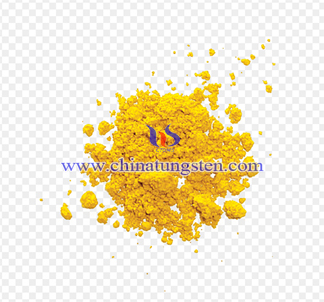Tungsten Trioxide Recovery
- Details
- Category: Tungsten Information
- Published on Monday, 12 February 2018 08:36
Tungsten trioxide, as an important intermediate oxide in the production of tungsten, plays an extremely important role in the production of tungsten products. Therefore, in the production of tungsten, the separation and recovery of tungsten trioxide in the spent catalyst can provide an effective solution to the related environmental problems. At the same time can also bring us considerable social benefits.
Tungsten trioxide separation and recovery steps: Take 5 grams of spent catalyst placed in a muffle furnace. The spent catalyst is calcined at different temperatures for one hour. Every 15 minutes every interval for reloading, to ensure its full roasting. After the roasting is completed, it can stand for natural cooling. The roasted waste catalyst and a certain concentration of hydrochloric acid placed in a shaker. It was left for 2 hours at room temperature. After filtering, washing, drying. The resulting powder with a certain concentration of ammonia leaching, and then placed in the shaker reaction time after filtration. Tungsten oxide can be obtained by evaporating the filtrate and horse roasting.

Determination of Tungsten Trioxide Recovery: Use a pipette to pipette 4 ml of the standard solution of tungsten trioxide into a 50 ml brown volumetric flask. Pipette were accurately added 5 ml of potassium thiocyanate solution, 5 ml of titanium trichloride solution and 20 ml of hydrochloric acid solution. Then add distilled water, after its constant volume, shake. After standing for 30 minutes, the absorbance was measured using a spectrophotometer in the range of 350 to 600 nm.

- Tungsten Oxide Manufacturer & Supplier, Chinatungsten Online: www.tungsten-oxide.com
- Tungsten News & Prices of China Tungsten Industry Association: www.ctia.com.cn
- Molybdenum News & Price: news.molybdenum.com.cn
- Tel.: 86 592 5129696; Fax: 86 592 5129797; Email: sales@chinatungsten.com



 sales@chinatungsten.com
sales@chinatungsten.com